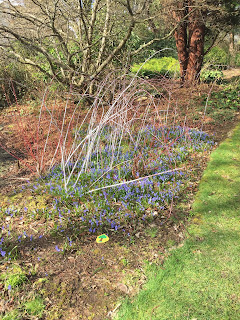Registration for this event has now closed.
On Thursday 2nd
January at 11am and until 1pm there will be a 5k fun run around the paths of
the University Botanic Garden to get yourself in shape for the New Year. The
event caters for all ages and ambitions, just walk or break the record! Your
reward, as well as a good time, will include seasonal refreshments in the education
centre at the end of the run.
As of today (1st Jan) the weather on the 2nd is expected to be cool and largely cloudy, with a fresh wind from the south west.
Best wishes for the festive
season,
The Friends’ Committee.














